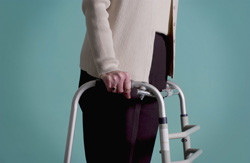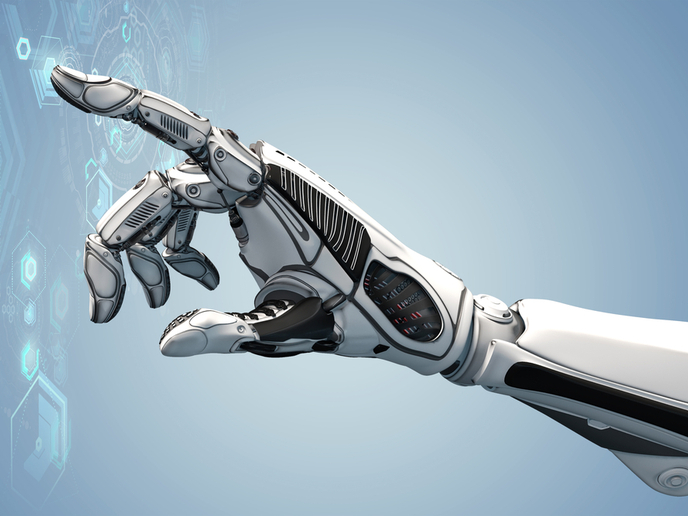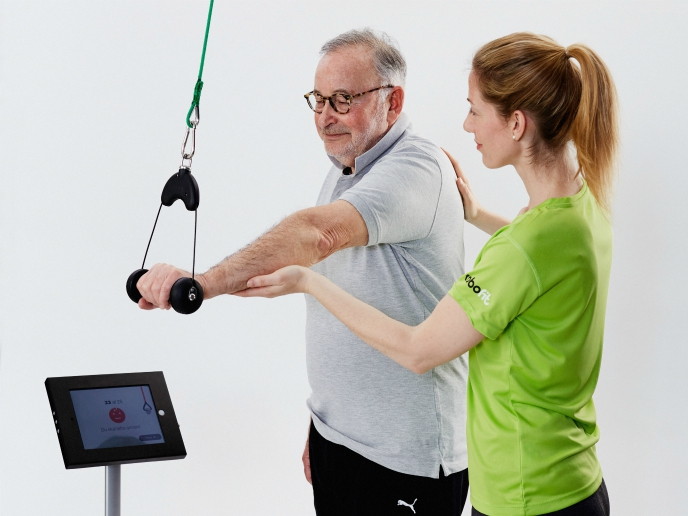Robot aids in stroke rehabilitation
Stroke is a leading cause of debilitation in Europe with an annual incidence of 0.2 %. Although the majority of patients survive, they are in serious need of rehabilitation and hospitalisation, costing European economies billions of euros annually. According to the World Health Organisation, stroke rehabilitation activities should aim to have the majority of patients live independently three months after a stroke episode. In this context, the EU-funded WALKX project proposed to develop a device capable of supporting the patient in his daily movements. The WALKX device could be programmed as a robot. This enables the user to either follow the walking device or push the WALKX when walking and training based on level of body control. This functional rehabilitation device was based on the use of algorithms for calculating an optimal walking pattern. A 'Raising and Stabilization Unit' was also developed with different modes of operation for carrying a person up to 100kg. The 'weight bearing' mode was designed to reduce the patient's stress on the legs while the 'follow' mode simply followed the patient's movement. The device also contained a 'Feet Propulsion Unit' for steering the legs in back-forward, up-down and tilting (up-down) directions. Additional full body support was provided through the use of a specially designed vest. The idea was that early in the rehabilitation process the device would be used under supervision of a therapist. Gradually, patients would gain more strength and be able to use the device on their own and continue the rehabilitation process at home. One of the significant advantages of the WALKX assistive training device is its adjustability to the recovery process of each individual patient. Overall, it is expected to help stroke victims achieve a faster physical recovery and increase their independence.
Keywords
Robot, stroke, rehabilitation, device, algorithm, weight bearing, full body support, assistive training, recovery







